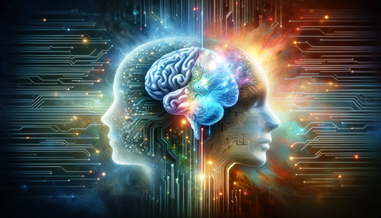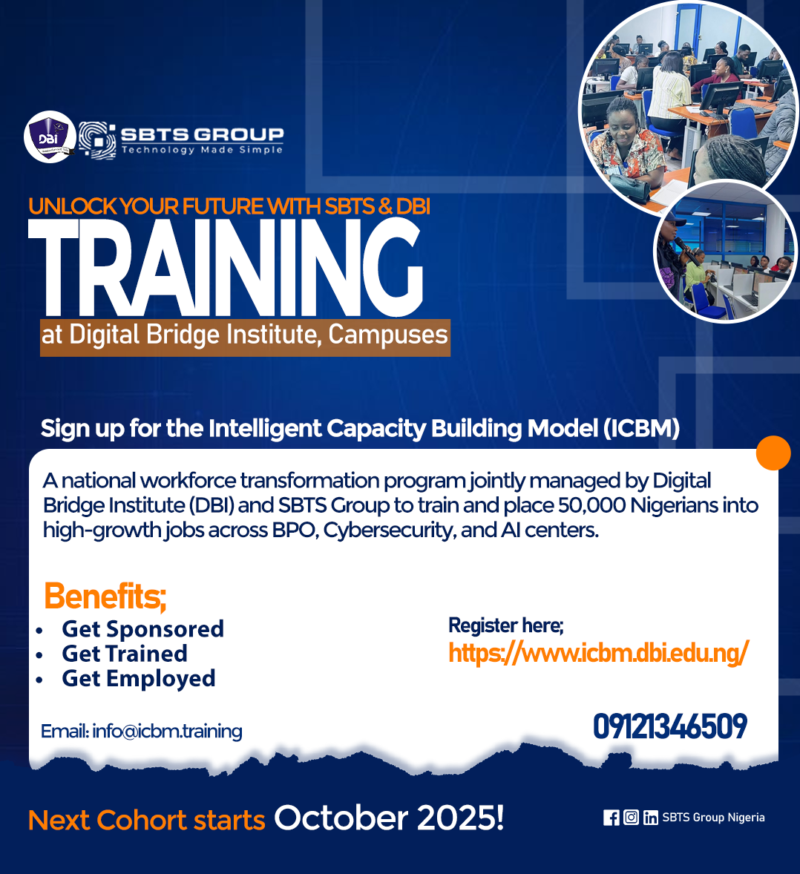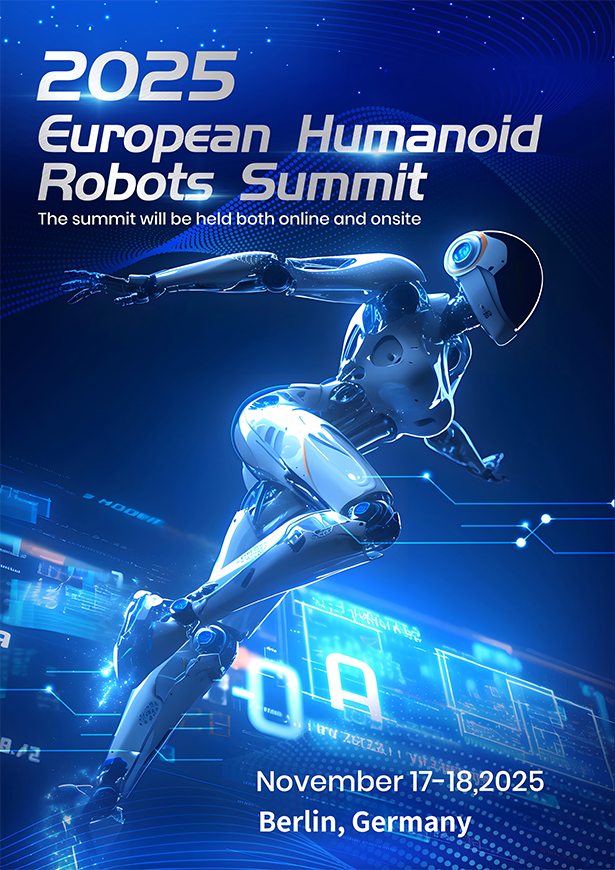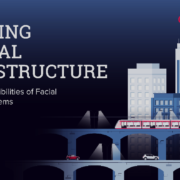By Jesse Jarvis CEO Kaiko
AI as LLMs have become widely known by the larger public remain a first-generation technology that, while useful, is fundamentally limited. Even the most sophisticated LLMs are stuck in a cycle of mimicry; they reflect human emotion without any real comprehension of its underlying drivers.
RELATED: The Quantifiable ROI of emotionally intelligent AI
The next engineering leap comes as emotional AI where the architecture moves beyond treating each interaction as a fresh slate.
Advanced systems now map users’ emotional state over time, creating a dynamic model that learns from the entire history of interactions. The breakthrough is in fusing multimodal signals, vocal intonation, interaction timing, and textual nuance to understand the root cause of an emotion, not just its surface-level expression.
This architectural shift moves AI from being reactive to being proactive. It enables a system to distinguish between momentary frustration and a deep-seated issue, or to recognize when a user’s feedback signals dissatisfaction.
This isn’t about building another layer on top of existing models; it’s about engineering the core capacity for genuine, contextual understanding.































